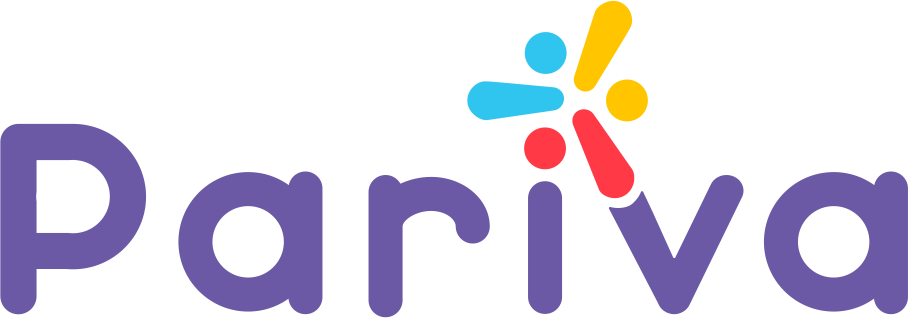About 1 in 36 children has autism spectrum disorder, according to the latest CDC estimates. And the prevalence of a broad range of other neurological conditions in children continues to climb, other research shows.
That makes today’s delays in diagnoses and treatment particularly troubling.
Not only is the need increasing amidst a health care labor shortage; evidence has shown that early intervention plays a key role in positive outcomes, as well as relieving the stress that engulfs families as they wait for answers. A confirmed autism spectrum disorder (ASD) diagnosis, for example, may take 20 months to five years, several studies found. And treatment may not begin until after that.
This is where telehealth proves a mighty ally.
While its entrance onto the health care scene has been relatively recent — and its prevalent use even more so — the research shows promising results. Studies have shown that telehealth not only helps close gaps in diagnosis and care; it yields effective results while offering benefits that a clinical environment can’t provide.

Practically speaking, families who use telehealth avoid travel costs, lengthy time off work, and the difficulty of scheduling multiple appointments with multidisciplinary teams. If a family moves, telehealth allows a child to continue care with the same provider.
On a deeper level, children with neurological symptoms, such as those who may have ASD, may experience extreme discomfort when faced with unfamiliar environments and providers, as well as shifts in routine. Not only does this create unnecessary stress for a child and caregiver — it may hinder an accurate diagnosis if a child doesn’t display usual behavior during a diagnostic appointment.
Still, not all telehealth is created equally. Providers must be skilled at telehealth, flexible with children, and able to adapt tests or interventions to the available tools and circumstances. But when providers engage parents as aides, diagnostic tests and ongoing treatment can be conducted effectively; indeed, equipping parents as co-therapists for their children enables a truly impactful level of ongoing care.
Peer-reviewed research supports this. For example, 11 of 14 families observed in a study of children (ages 3 to 8) with ASD and disruptive behavior were rated as much or very much improved after 24 weeks of parent-mediated telehealth intervention. A randomized controlled trial of 223 children with ADHD showed more significant improvement among children who received specialist telehealth treatment and caregiver behavior training, as opposed to in-person treatment mainly with a primary care physician.
As insights and techniques advance in this sector, the benefits will continue to grow and to make diagnostic care and treatment more accessible, putting more children in touch with vital early interventions.
At Pariva, we strive to deliver help and hope to families and children by making the most of these tools — without the barrier of a wait list. Our clinicians have embraced best practices in this area, establishing procedures and strategies for diagnostic testing that work well in a virtual setting.
Pariva’s vision is to put the child at the center of an ecosystem of care — and we saw the promise telehealth offered to do just that. By utilizing telehealth, we crafted a model that offers consistent, accessible, and effective care to yield long-term success for both a child and a family.
If you are seeking help for your child, it’s easy to get started with our family support program (no diagnosis needed) or to schedule a virtual diagnostic evaluation with one of our neuropsychologists.
